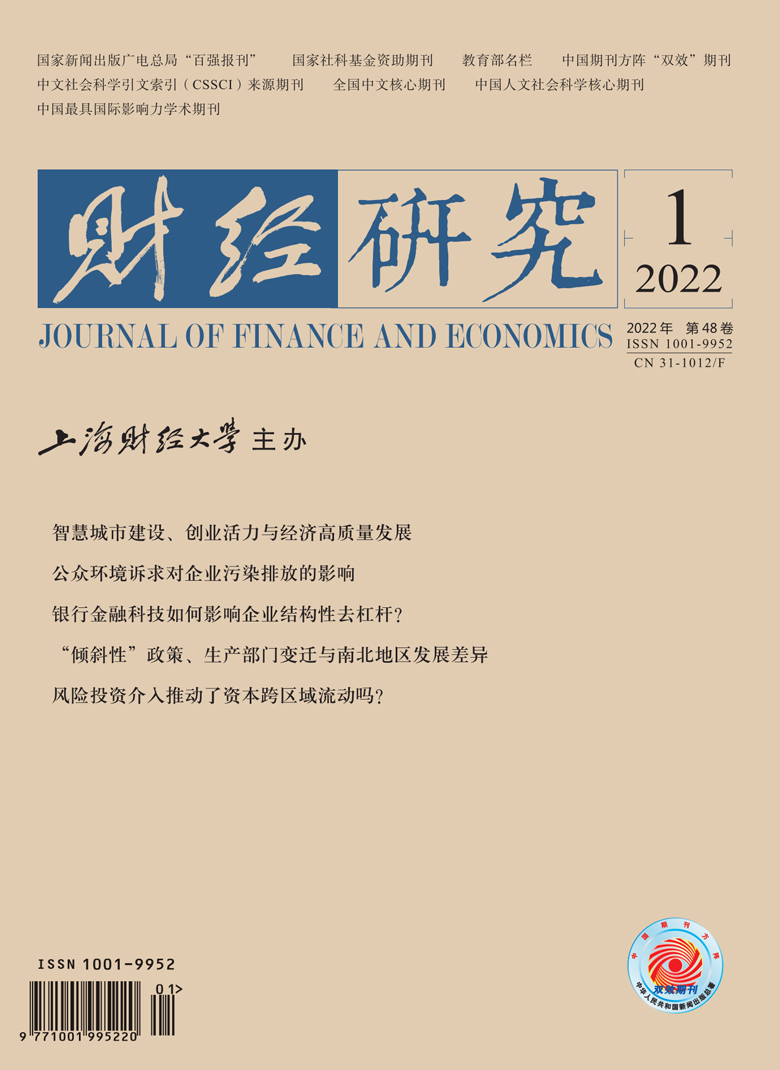In the context of China’s economic transformation to high-quality development, the importance of smart cities for economic and social empowerment has become increasingly prominent. Based on the unique attributes of smart cities and the panel data of 167 prefecture-level cities from 2003 to 2017, this paper selects the SBM-GML index model to construct the GTFP index to measure the quality of urban economic development, empirically tests the impact of smart city construction and entrepreneurial vitality on high-quality economic development by using the PSM-DID model, and comprehensively uses a variety of robustness test models to further demonstrate the scientific city of the conclusion.
The results show that: First, smart city construction is an important boost to the continuous improvement of regional entrepreneurial vitality and economic quality. Second, stimulating public entrepreneurship is an effective mechanism for smart cities to enable high-quality economic development, which can drive the growth of economic quality by 27.52%-38.52% on average. Third, the interaction between smart city construction and public entrepreneurial vitality has significant heterogeneity on high-quality economic development, especially in cities with a permanent resident population of 1 million or above, the eastern and central regions, and cities with advantages in human, financial and material resources.
In a word, the effective integration of smart city construction and “mass entrepreneurship and innovation” can gather the new momentum of economic development and play an important role in the transformation and upgrading, and quality and efficiency improvement of regional economy. The research conclusion of this paper creates a data support and analysis perspective for accurately evaluating the linkage effect of smart city construction and entrepreneurial activities, which is conducive to the government to find a role orientation and mechanism to get twice the result with half the effort under the goal of high-quality regional economic development. It not only provides differentiated and characteristic decision-making reference for exploring the realization path of high-quality development of regional economy, but also creates “hardware” technical support for effectively solving the problems of unbalanced and uncoordinated regional development.





 5065
5065  4003
4003

